Graham Reid | | 2 min read
Tom Ludvigson and Greg Johnson: Blue Robin
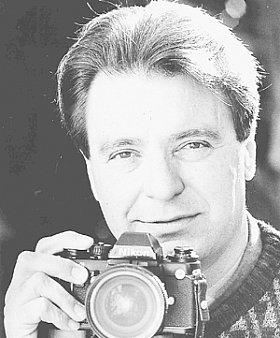
When Auckland photographer Robin Morrison died in 1993 at the tragically early age of 48, his legacy was already firmly established.
The son of a portrait photographer (whose work he admitted he was not even curious about as a child), he fell into his career almost by chance. While working for, or at least hanging around the offices of, the underground magazine International Times in London in the volatile Sixties he was asked to cover an anti-war demonstration . . . so went out and bought a camera, a secondhand Voitlander he recalled.
Although his photos weren't published he enjoyed the process, invested in a better camera (a Zenit) and so began a life as a freelance photographer.
As the Seventies dawned he was back in New Zealand and doing work for the Listener, his first cover being a portrait of Sir Edmund Hillary.
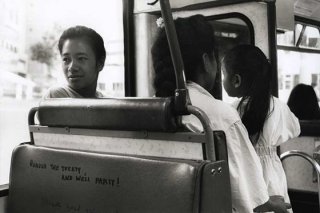 In the following decades his work encompassed not just portraits -- although his photos of Dame Whina Cooper, John A Lee and Frank Sargeson have almost iconic status -- but as a documentarian (the Bastion Point protests, the Springbok Tour during which he was on the field in Hamilton and the riot squad-streets of Auckland by Eden Park).
In the following decades his work encompassed not just portraits -- although his photos of Dame Whina Cooper, John A Lee and Frank Sargeson have almost iconic status -- but as a documentarian (the Bastion Point protests, the Springbok Tour during which he was on the field in Hamilton and the riot squad-streets of Auckland by Eden Park).
But his broad portfolion also included landscapes, slice of life work, architecture (lovely images of rural churches), street people, vineyards . . .
And that was just what he did in this country.
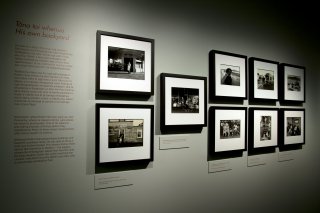 Morrison had that rare gift of being to engage with people of all walks of life, from towering figures like Hillary to gang members, from kids to Maori elders.
Morrison had that rare gift of being to engage with people of all walks of life, from towering figures like Hillary to gang members, from kids to Maori elders.
He bequeathed his entire collection of negatives to the Auckland War Memorial Museum where -- until Sunday May 2 -- there is an exhibition of 38 of his black and white photos taken around Auckland in the Seventies and Eighties.
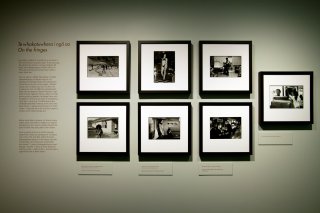 Most of the images came from a folder he labeled Decade of Days (some appeared in the Listener) and offer a tightly framed snapshot of a remarkable career. And also of a city which, in places, will only be vaguely familiar to people today.
Most of the images came from a folder he labeled Decade of Days (some appeared in the Listener) and offer a tightly framed snapshot of a remarkable career. And also of a city which, in places, will only be vaguely familiar to people today.
"I enjoy photographing my own people," Morrison once said. "I want to show what this country is like -- really is like -- and not just a superficial look at them either."
The music here is by Tom Ludvigson and Greg Johnson, it was for the documentary about Morrison by John Bates, Sense of Place
.

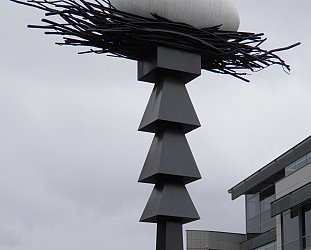
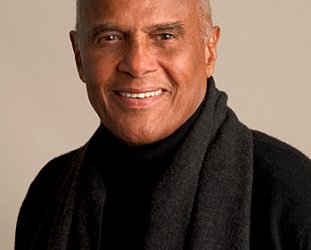
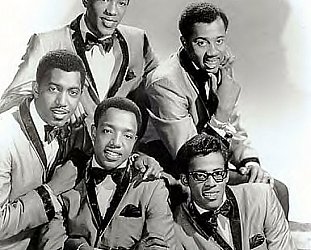

Relic - Apr 14, 2014
As one that still believes that you ‘think’ the photo as you frame and press the button, Robin’s work remains magnificent and in the top drawer of NZ photography.
Savepost a comment